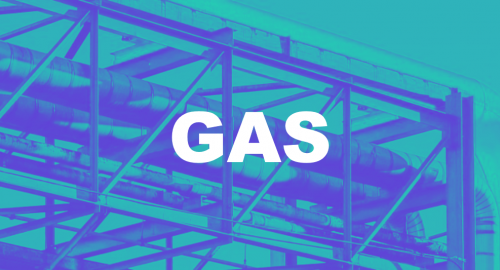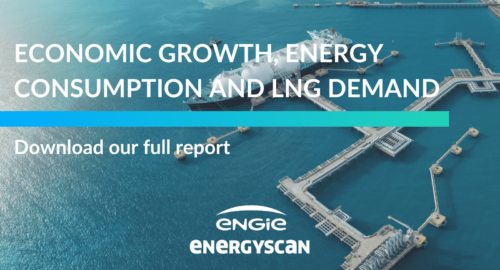Carbon prices collapsed as the energy complex spiked on the Russian invasion of Ukraine
The European power spot prices were mixed yesterday, sharply rising in France, Belgium and the Netherlands due to the surging gas prices, but edging down…




While real estate is already expected to weigh negatively on the growth of the Chinese economy in Q4, a new wave of the variant delta epidemic is affecting 11 provinces and leading to new mobility restrictions for the population. Household consumption is expected to suffer, as it did in August.
The slowdown in China is not calming inflation expectations: the breakeven 5 and in the US is flirting with the 3% level, which led the Fed Chairman to make statements that leave little doubt about the outcome of the next meeting: “The risks are clearly now to longer and more persistent bottlenecks, and thus to higher inflation… Supply constraints and elevated inflation are likely to last longer than previously expected and well into next year, and the same is true for pressure on wages. If we were to see a risk of inflation moving persistently higher, we would certainly use our tools. The release of the PMIs was reassuring on the state of demand in the US (in services the index rebounded to 58.2), now that the epidemic is subsiding. Still high levels for PMIs in Europe as well. The only threat comes from soaring prices, which will reduce household purchasing power.
We are awaiting the IFO survey in Germany this morning, followed by the Chicago and Dallas surveys in the United States. The week will be rich in key indicators (US and Eurozone GDP in particular, Eurozone inflation and the ECB meeting). The EUR/USD exchange rate is trading around 1.1650 and the US 10-year rate is above 1.65%.